Different car body styles you need to know!
There is a plethora of vehicles you witness around you every single day. These vehicles come in a number of different shapes, sizes, and designs that serve a number of purposes or are in accordance with the preferences of the individuals who buy and use it. Some drivers prefer speed, some like their rides to be stylish, whereas others have to fit in a large number of people or goods based on their needs. Therefore, vehicles have to be designed in a manner that would do justice to the requirements of anyone intending to own and utilise the automobile. Let’s have a look at a range of various car designs, and try to understand the differences between them.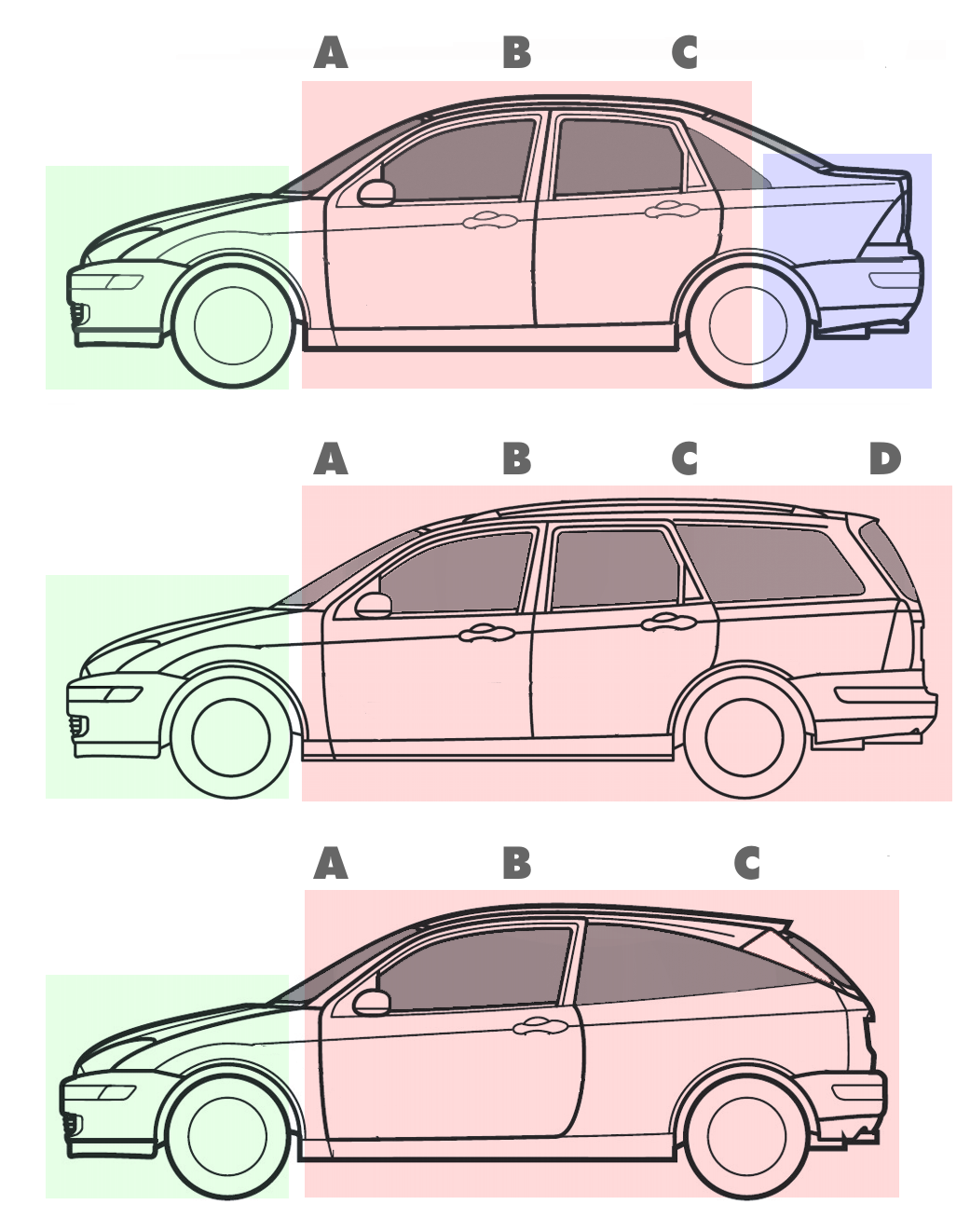
Sedan/Saloon
The Brits call it saloon whereas the Americans refer to it as the sedan, but it is basically the same thing. Sedans are perhaps the most common vehicle types you would see on the the roads as they fulfill the needs of the majority of their owners, i.e. providing room for people to sit-in along with some cargo space, ensuring comfort and safety, and ideal for daily use (be it one’s commute to work, or long drive). Sedans are passenger vehicles, supporting distinct rooms for the car’s engine, cargo placement, and individual seating providing a three-box configuration (A, B & C-pillars) to the automobile in most cases.
Examples of a sedan: Honda City, Toyota Corolla, Mercedes-Benz C-Class, Suzuki Baleno, and a bunch of others.


Fastback
Fastback car design is distinct from the Sedan primarily due to the downward slope of the roof towards the vehicle’s rear end. Fastbacks were designed in order to incorporate aerodynamic aesthetics to the vehicle and to provide the consumers with an automotive supporting a newer look as compared to the contemporary 4-door, a squared shape that prevailed since the dawn of the early vehicles. Mainly due to their design, fastbacks are two-door vehicles; however, there may be some exceptions. The continuous slope design has remained in vogue for years; though not that much common on the roads, manufacturers have continued to incorporate the iconic design in their production-line according to the likings of the modern consumers.
Examples of Fastback vehicles are: Ford Mustang GT 390 Fastback, DB11, Mercedes-Benz CLS55 AMG, Porsche Panamera 970, Chrysler Crossfire to name a few.
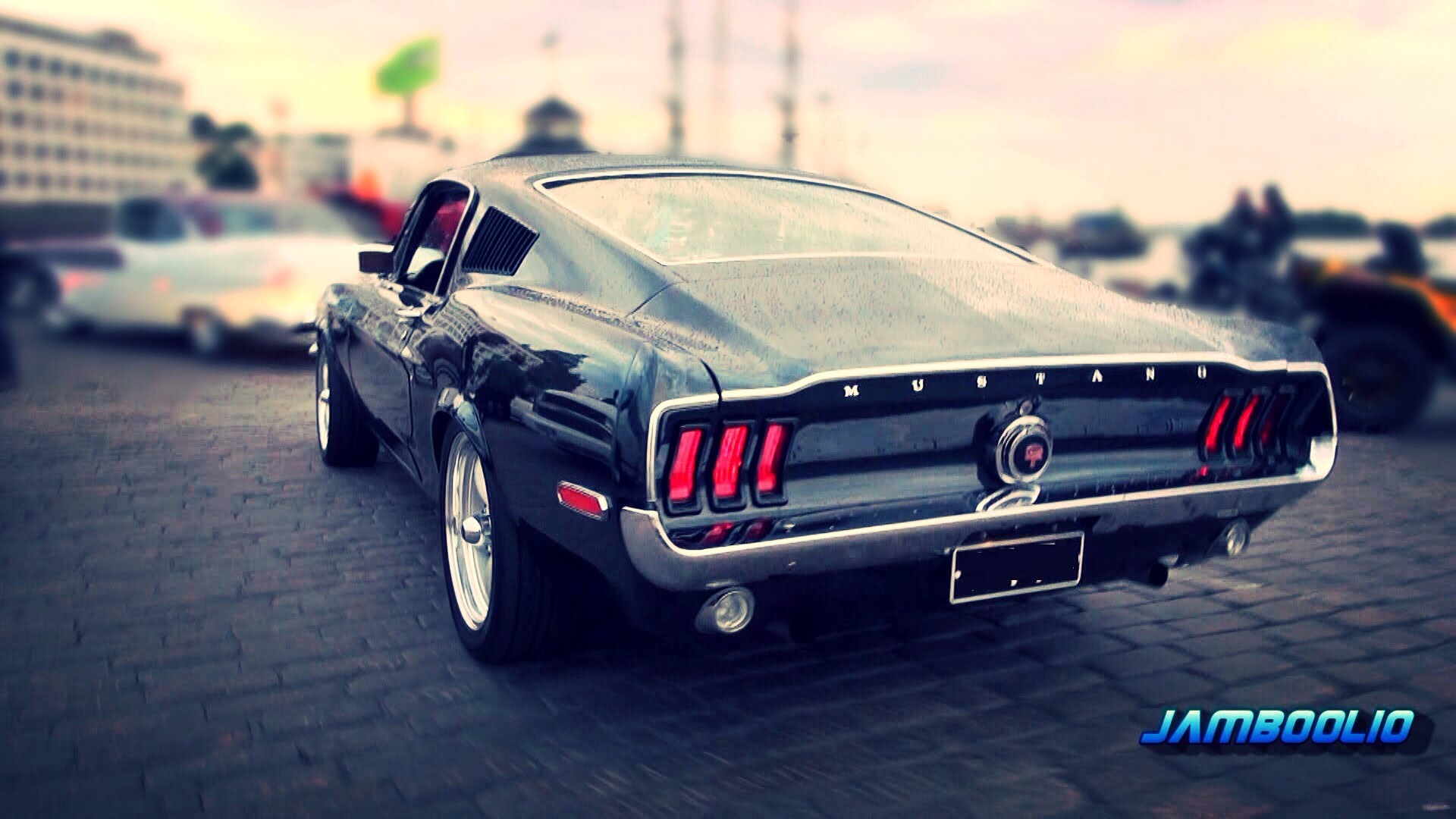

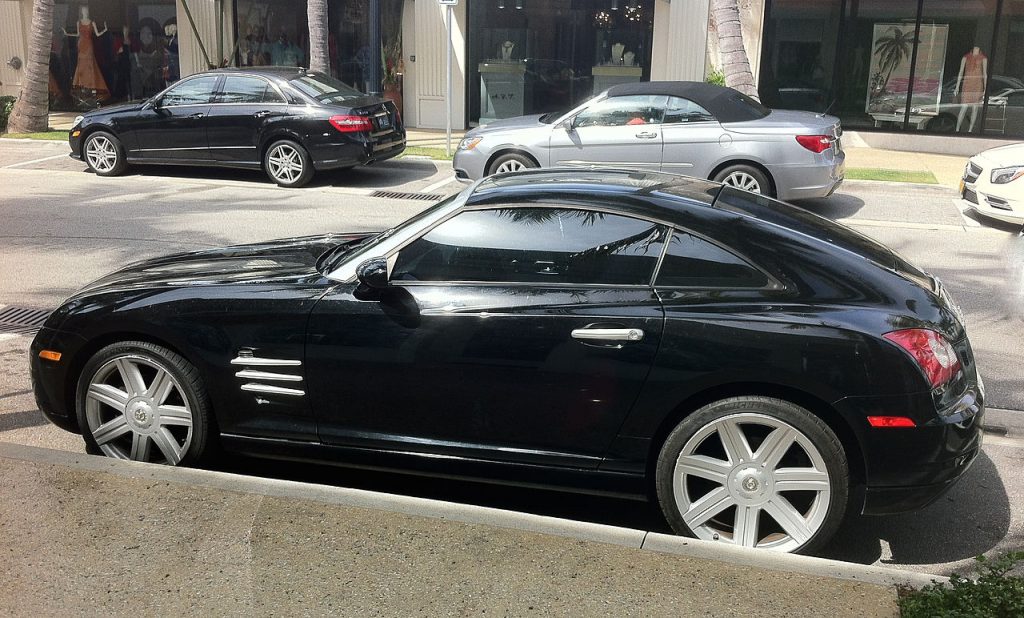
Hatchback
With looks somewhat similar to a fastback, a hatchback vehicle comes with the resembling slope of the fastback but has a rear door that opens upwards, providing room for cargo placement. Considered ideal for usage among small families, with limited cargo placement, hatchbacks have been around for a while as they go easy on the pocket, along with providing a sleek design, and a commendable driving experience. Hatchbacks support a three-pillar body-type like that found in Sedans; however, they lack a separate trunk or ‘box’ towards the rear, making it distinct from the three-box Sedan.
Some renowned hatchbacks include none other than the Suzuki Mehran, Volkswagen Golf, Suzuki Cultus, Toyota Vitz, Honda Fit, and many more.
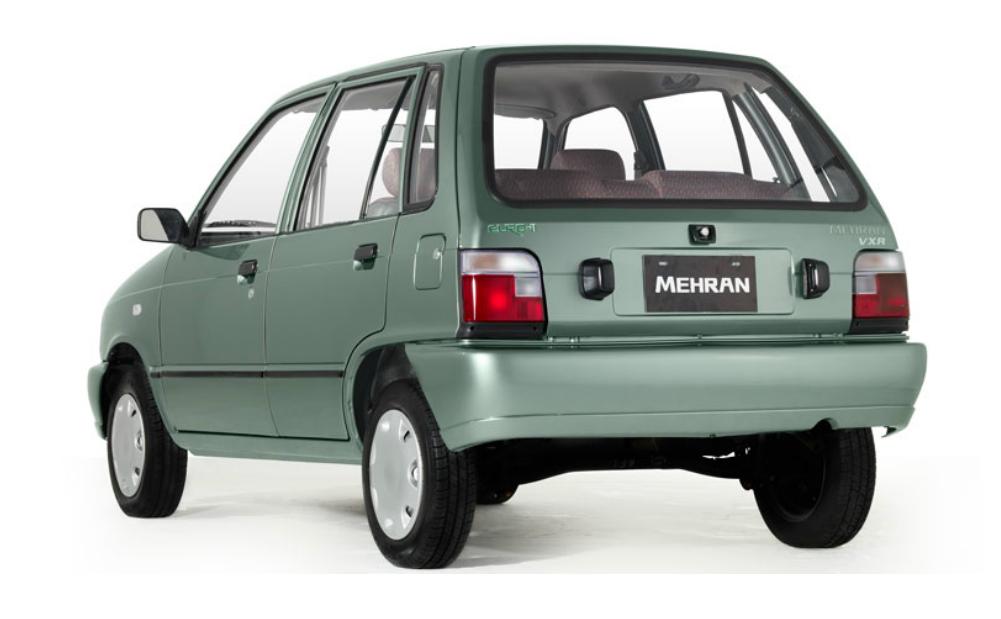
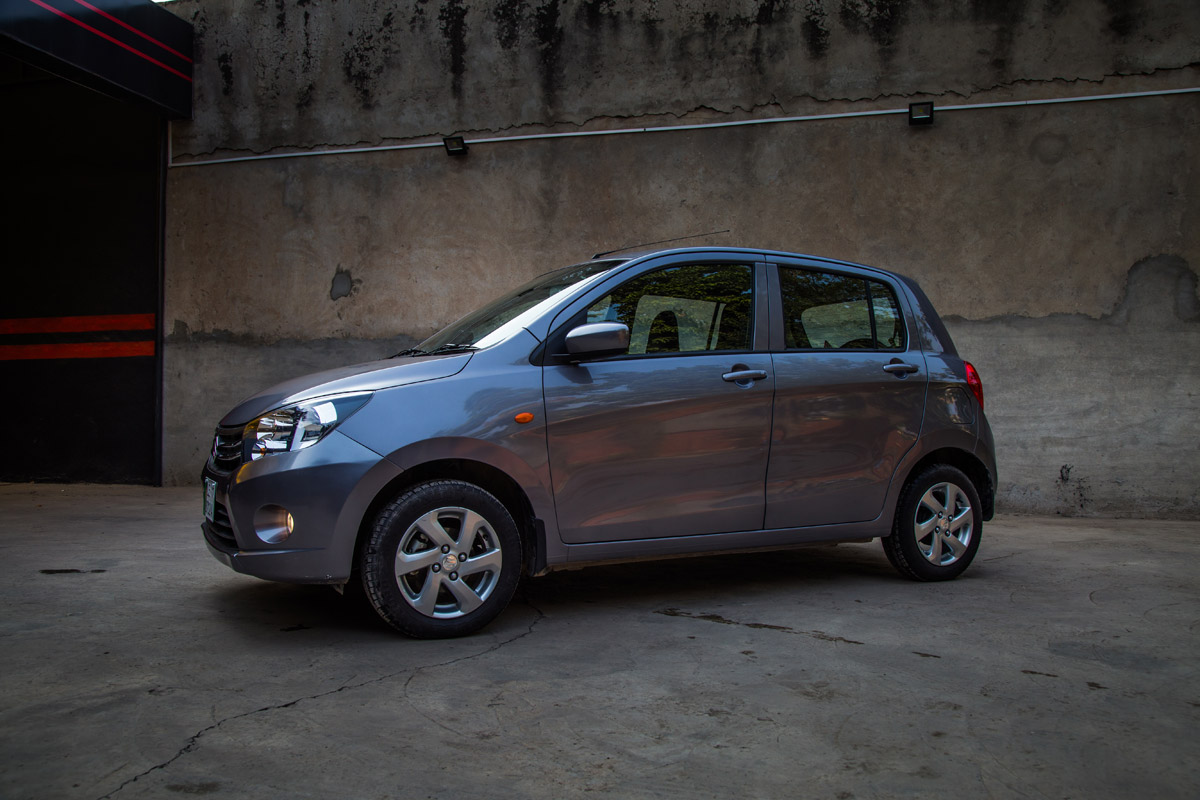
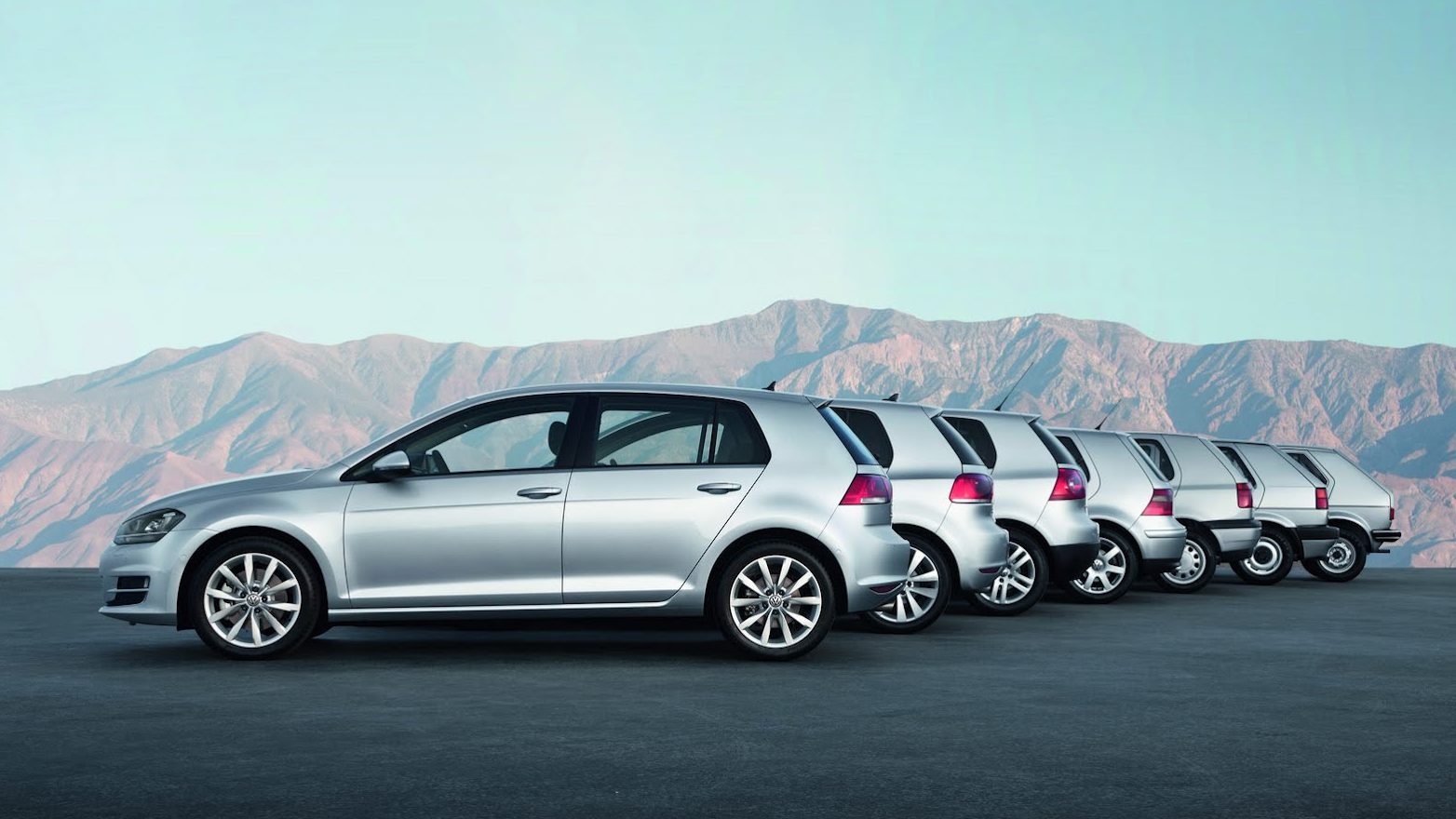
Liftback
A liftback is almost a Hatchback, with the only distinction being in the shape of the rear door that tends to be notably horizontal as compared to the almost vertical design supported by hatchbacks. Due to the slight design change, liftbacks provide somewhat greater room in the rear for luggage placement. The two terms are almost interchangeable, with the liftback being more of a common word used in the US as compared to the European tilt towards hatchback.
Mazda 6 Liftback, Toyota Avensis Liftback, Ford Mondeo Liftback, Kia Spectra, are some examples of liftbacks.
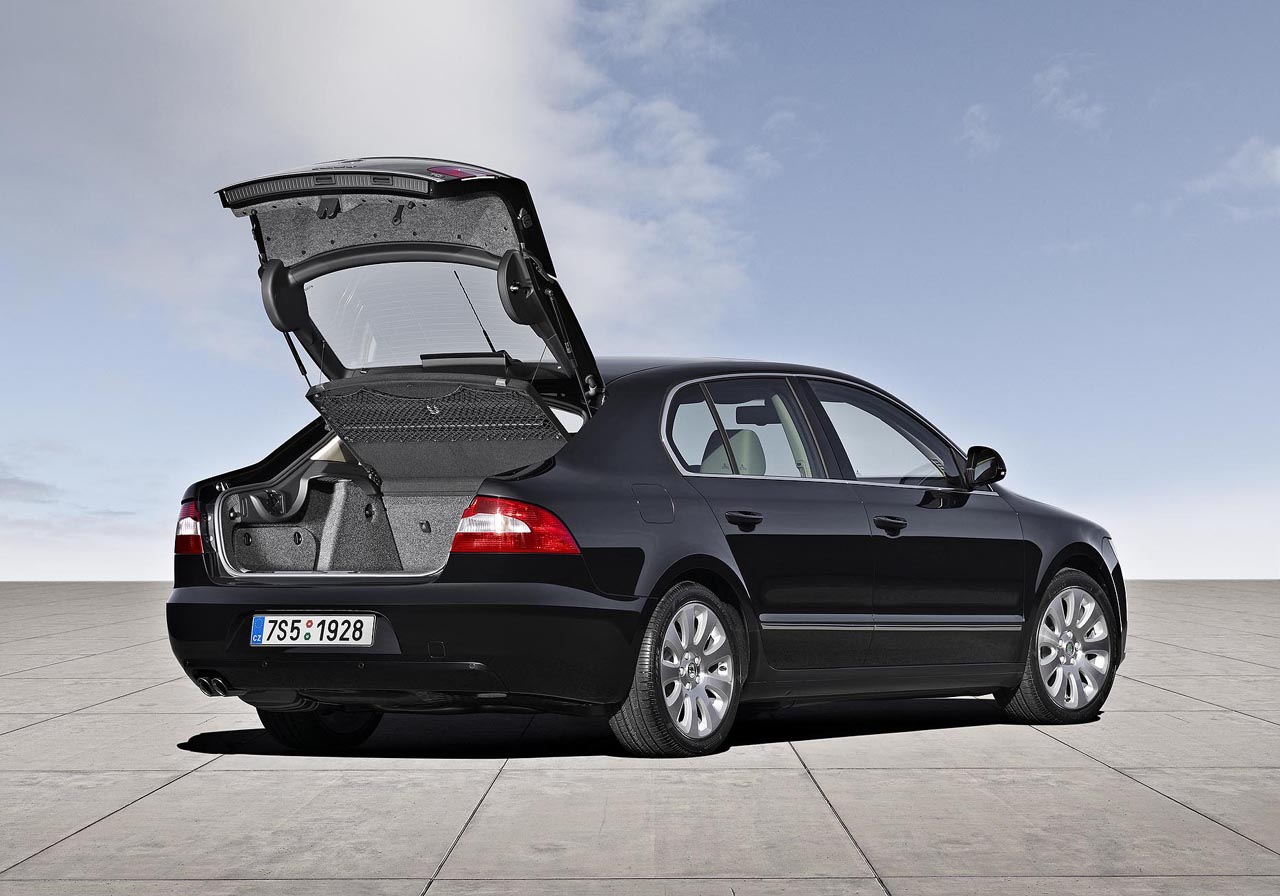
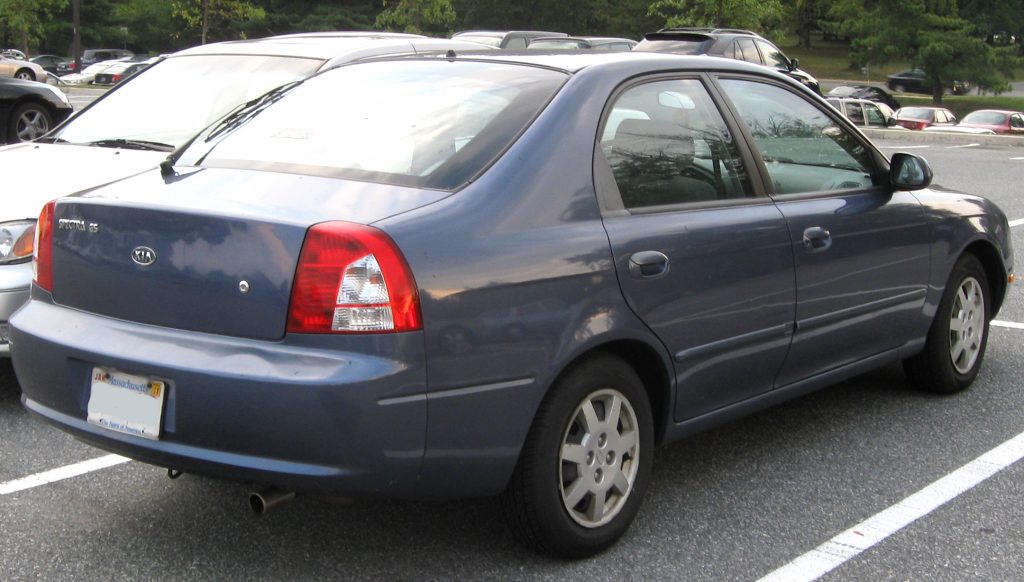
Notchback
Notchbacks, like most sedans, support a three-box body design but the main difference between the two lies in the size of the rear ‘box’ as it is much smaller in notchbacks as compared to that made available in sedans. A notchback is a car with a back that extends approximately horizontally from the bottom of the rear window to make a distinct angle with it. Notchbacks make a specific upright angle with the car’s rear and the back window. As is obvious from the design, the rear compartment of notchbacks do not make them ideal for supporting as much cargo as compared to that which may be placed in the trunk of a sedan. As is the case between hatchbacks and liftbacks, the notchback can also be categorised among the different vehicle body types that have been discussed above, depending upon the market in which they are being made available.
Few notable examples of notchbacks include Vauxhall Astra, Volkswagen Jetta, and Audi A3.
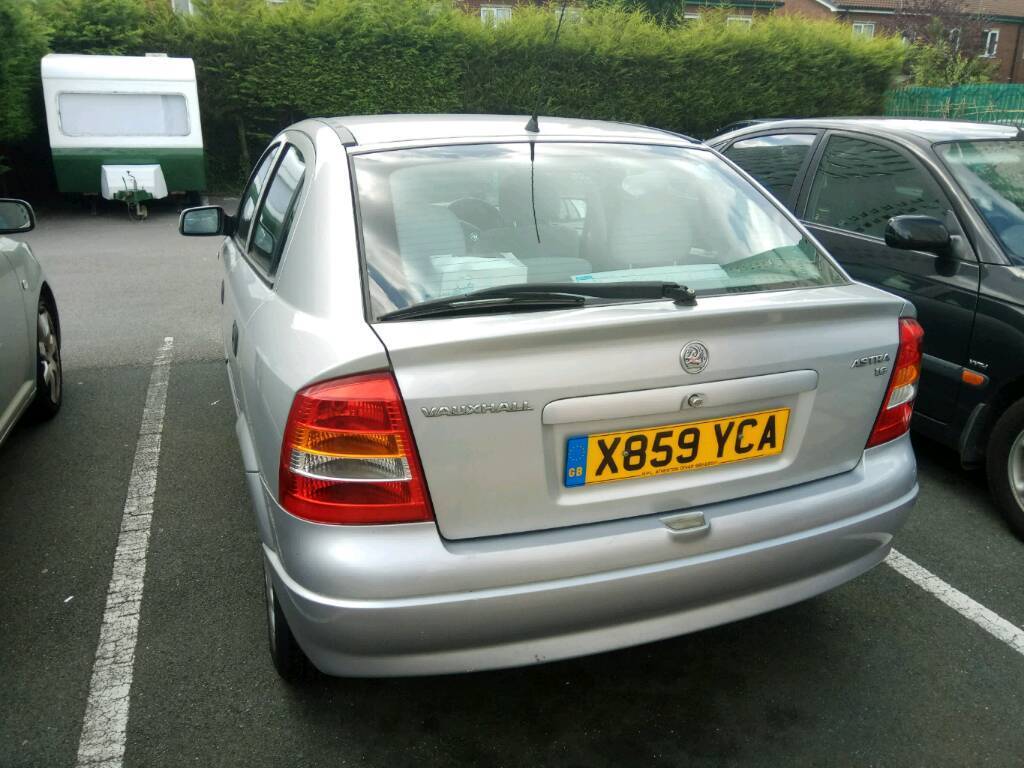
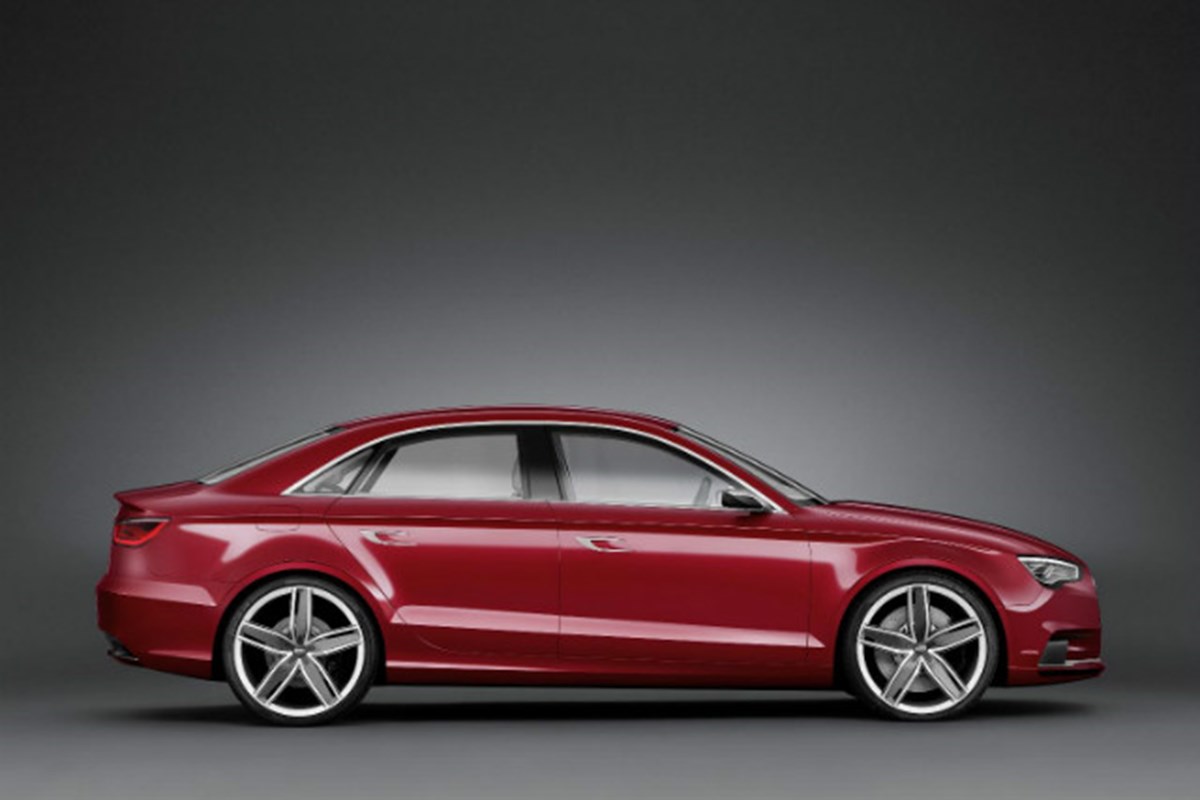
Shooting-brake
With a history that dates back to 19th century Britain, modern-day Shooting-brakes are estate vehicles that mostly support a two-door body, a swooping roofline, and a low design, giving it the looks of a sports car made for daily use. A number of famous vehicles around the world, manufactured by renowned brands, have been associated with this term by the automotive sector of the journalism industry owing to the design and features offered by these vehicles. Shooring-brakes are quite rear.
Some renowned Shooting-brakes of the modern age are: Ferrari FF, Callaway C7 Corvette Shooting-brake, Aston Martin Vanquish Zagato, and a few more.
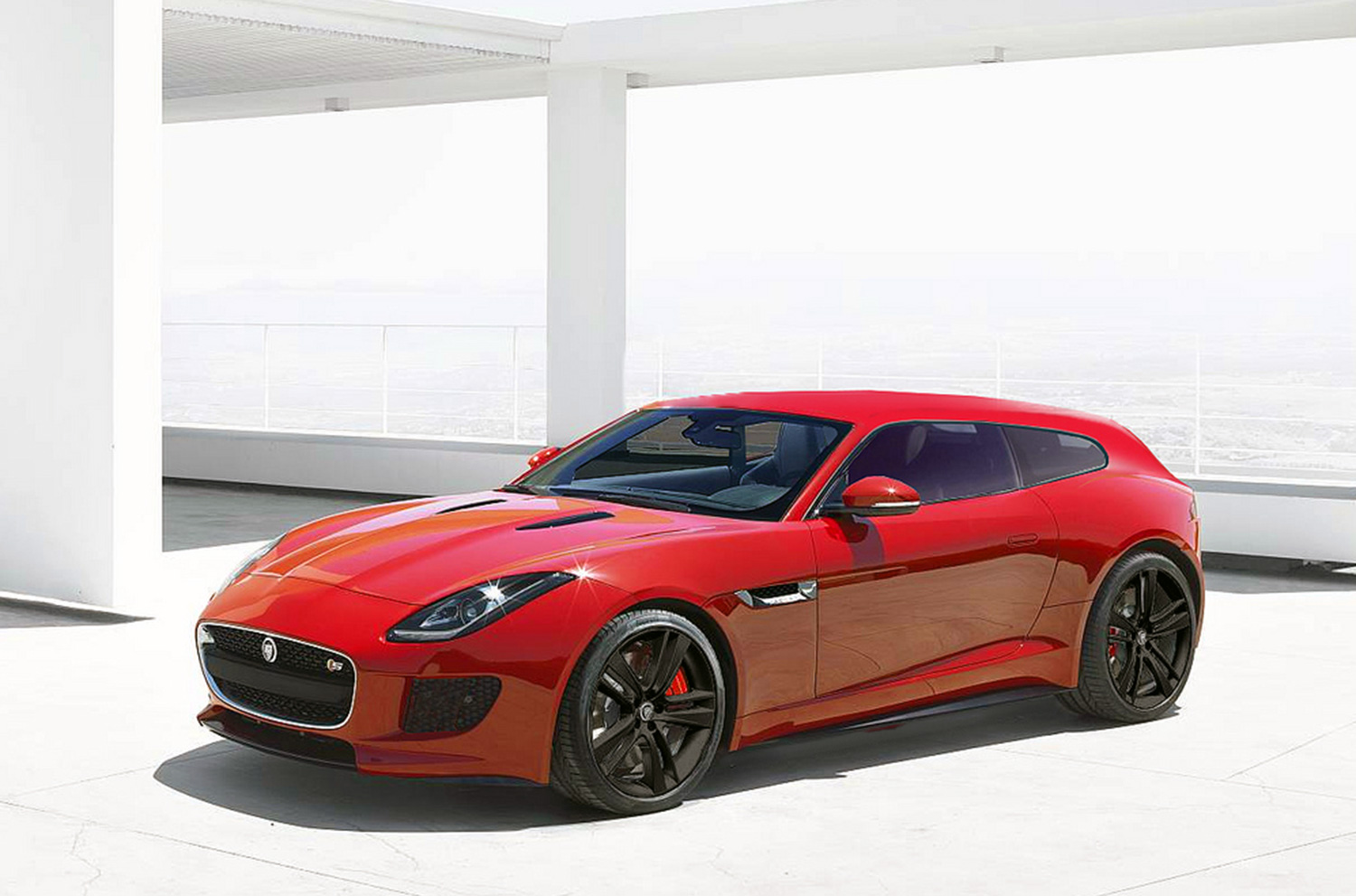


That is all for today, see you next time. Happy motoring!


Good
Good one
Hi A.O.A
Can You Please tell me to install Spacer in My Passo 2015 (for Ground Clearance ) is a Good Idea or Not.
does it will effect on car average/Fuel Consumption
Please guide me about seat belt for back seat of cultus 2010. I need to install it for baby seat. From where can I get the back seat belt????? Pls note that cultus has no factory fitted seat belt for back/rear seat.
I have installed it my Mira Es. It really doesn’t effect the average fuel consumption. Its a good idea, because good ground clearance is more important.